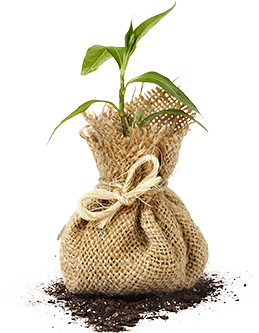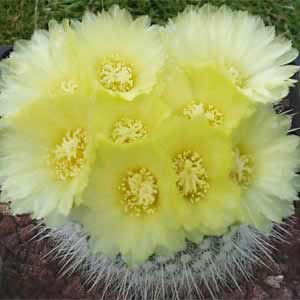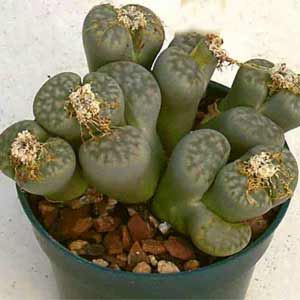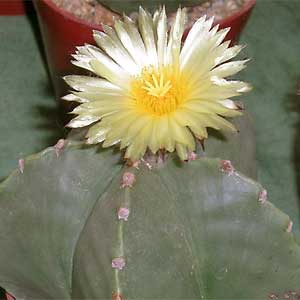Opuntia
Opountia, (also known as "mother-tongue")
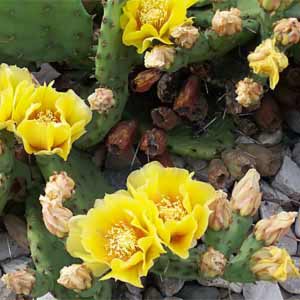 Native of the American continent, from Canada to Patagonia, from’ where it was transferred in many parts of the world, like. Mediterranean, where he has acclimatized. It has oval or cylindrical stems petplatysmenous executives. The large yellow blossoms shine, and are significant glochides, i.e. thin. stinging hairs that cover the leaves and fruits, which break the contact and drive into the skin. Gloves when caring for the prickly pear is absolutely necessary. Put in place in the summer sun, warm and airy, outdoors, if possible, and winter in a bright cool spot. Resistant species can overwinter outdoors. Summer needs some fertilizer for cacti and watering, only if the soil dries, winter hardly, depending of course on the weather. Change every pot 2 spring time. Propagated by seeds or cuttings, But after releasing the first intersection to dry 2-3 weeks.
Native of the American continent, from Canada to Patagonia, from’ where it was transferred in many parts of the world, like. Mediterranean, where he has acclimatized. It has oval or cylindrical stems petplatysmenous executives. The large yellow blossoms shine, and are significant glochides, i.e. thin. stinging hairs that cover the leaves and fruits, which break the contact and drive into the skin. Gloves when caring for the prickly pear is absolutely necessary. Put in place in the summer sun, warm and airy, outdoors, if possible, and winter in a bright cool spot. Resistant species can overwinter outdoors. Summer needs some fertilizer for cacti and watering, only if the soil dries, winter hardly, depending of course on the weather. Change every pot 2 spring time. Propagated by seeds or cuttings, But after releasing the first intersection to dry 2-3 weeks.
Species
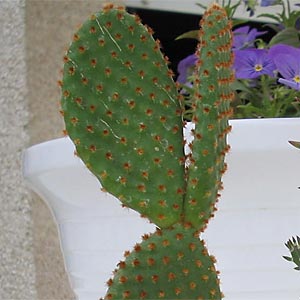 Opuntia microdasys: has yellow flowers and numerous varieties.
Opuntia microdasys: has yellow flowers and numerous varieties.
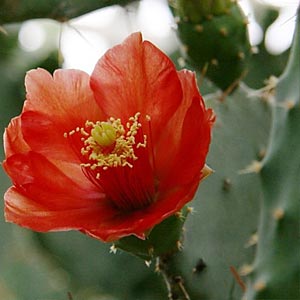 Opuntia bergeriana: is rich with blooming flower tiles.
Opuntia bergeriana: is rich with blooming flower tiles.
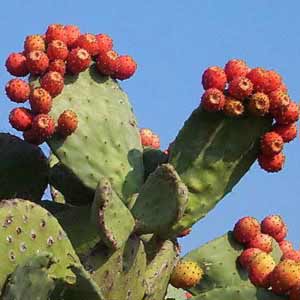 Opuntia ficusindica: crop species with rapid growth. It has yellow flowers and very sweet fruits (Figs)
Opuntia ficusindica: crop species with rapid growth. It has yellow flowers and very sweet fruits (Figs)
Guests currently searching, are reading here for: CACTUS FRAGKOSYKIA.






